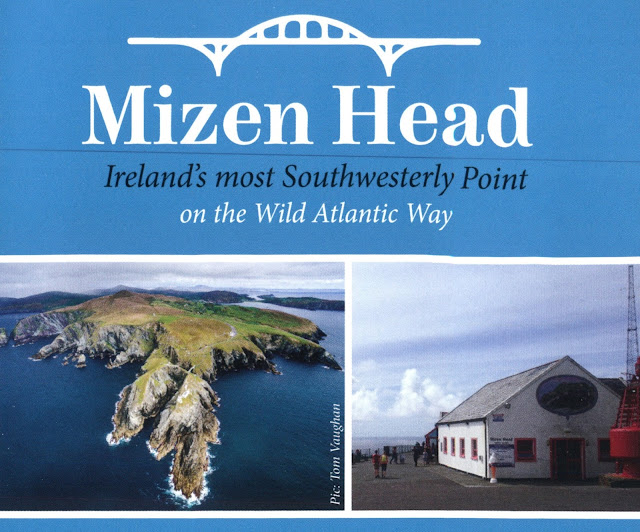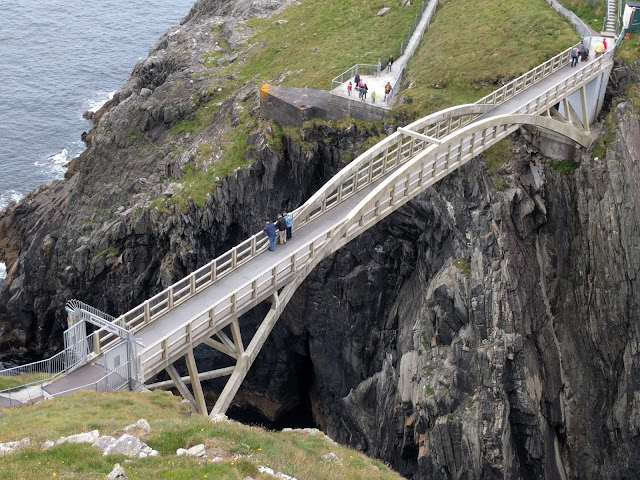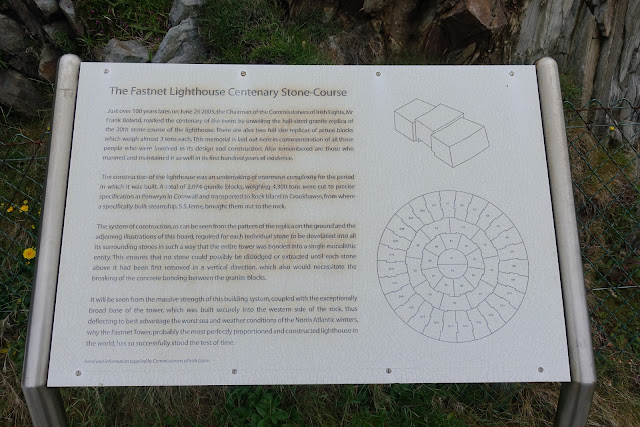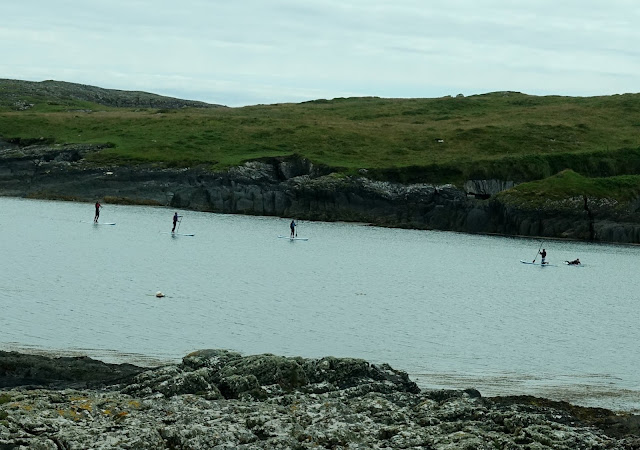This exhibition commemorates the tragic period in the 1840s that is known in Irish History as the Great Hunger. Skibbereen, along with many areas of the west, was very badly affected losing up to a third of its population to hunger, disease and emigration.
The Great Irish Potato Famine of the 1840s is now recognized as the worst humanitarian disaster of 19th century Europe. In 1841 the population of Ireland was 8.5 million people. By 1850, at least one million people had died in terrible conditions while another million emigrated as refugees. It is estimated that a further half a million births did not take place as a direct result of 'The Great Hunger'.
The Skibbereen area was one of the worst affected by the Irish Famine. It became notorious as the centre of some of the most harrowing suffering endured by famine victims throughout the country.
From newspaper accounts of the time, Skibbereen was depicted as being symbolic of the destitution and hardship caused by the failure of the potato crop. Between 8,000 and 10,000 unidentified souls are buried in the Famine graveyard at Abbeystrewery near Skibbereen. (from their website)
here we had an amazing historian as a "guide" to the exhibits and far too little time to delve into this aspect of defining history of the country.
After we left the museum we headed toward the Abbeystrewery Cemetery- where we spent time contemplating the famine's impact on the area and Ireland's history-
the following is excerpted from a Trip Advisor review by efpav from MA:
Skibbereen and the surrounding countryside was the epicenter of the Great Famine between 1845 and 1852. Potatoes were the sole subsistence crop for about 1/3rd of the population, and when that crop failed, the hungry began pouring into population centers for help. Skibbereen was arguably the hardest hit of these. One of the biggest tragedies here is that the government continued to ship away grains that could have been used to feed the hungry.
During the height of the famine, the hungry were dying so fast that they could not provide them with coffins. Abbeystrewery cemetery became one of several 'famine pits', open graves in which the dead were heaped. It is estimated that there is between 8,000 and 10,000 souls in the Abbeystrewery Famine Pits. The stone monuments erected here are poignant reminder of this tragedy. Stone 3 reads: Here in humiliation and sorrow not unmixed with indignation One is driven to exclaim, “O God, that bread should be so dear and human flesh so cheap."
After giving us time to explore on our own we met up in the ruins of the chapel there and John sang a heartfelt song about the aftereffects of the the migration from Ireland on the families left behind - I believe it is called "Kilkelly, Ireland"
here is the wikipedia entry on the song-
"Kilkelly, Ireland" is a contemporary ballad composed by American songwriter Peter Jones. It tells the story of an Irish family whose son emigrated to America, via a series of letters sent from the father back in Kilkelly. It has five stanzas, covering the time period from 1860 to 1892. In the late 1970s or early 1980s Peter Jones discovered a collection of century-old letters in his parents' attic in Bethesda, Maryland. The letters had been sent by his great-great-great grandfather, Byran Hunt, to his son, Jones' great-great grandfather, John Hunt who had emigrated from Kilkelly, County Mayo, to the United States in 1855 and worked on the railroad. As Byran was illiterate, the letters were dictated to the local schoolmaster, Pat McNamara (d. 1902), who often wrote letters on behalf of his neighbors who were unable to read and write. Covering the years 1858 to 1893, the Hunt letters shared family news of births, deaths, and marriages, and reports of the annual harvest. The last letter, dated February 1893, was written by John Hunt's brother, D. Hunt, informing him of the death of their father. Peter Jones decided to compose a ballad based on the contents of the letters.
Then we drove through some beautiful countryside to the stone circle -
Drombeg Stone Circle, this collection of 17 standing stones is believed to be approximately 2,000 years old and was used as an ancient site for urn burials. A few meters west of the site are the remains of a ‘fulacht fiadh’, a Bronze Age method of cooking using hot stones and a water-filled trough.
we took the path from the parking to the site - it was lined with fuchsia bushes - and other wild flowers
Then most of the group walked (some rode with Fionan) into the Village of Glandore to have lunch at the Glandore Inn pub - we had terrific calamari and the seafood chowder- YUM!
(above photo courtesy of Susan from our group)
The evening entertainment was at the hotel pub where two musicians played for us and taught anyone who wanted to learn - how to do several Irish dances... many did and few were particularly good at it - LOL but a good time was had by all....
the above were rental cottages we passed on the walk to dinner -
The next morning is an "early" one - we leave at 9:30 due to the longer driving to Mizen Head but we make it there after a stop at an "altar" by the roadside (extremely old -stone age sort of one)
on to Mizen Head- the map below shows the Head and the town where we later lunched Crookhaven- and the "easy" route between them LOL
on to lunch after some harrowing driving on one lane roads with two way traffic LOL
we passed paddle boarders on our way to the beach after lunch - we were very tight on time - it was already quite late in the afternoon and our concert tonight in the local pub in Roscarberry is early enough to pinch the dinner hour-
this is the beach where we stopped but the photo was taken from above as we went to lunch - same beach LOL just from the other side
Dinner was fabulous - at Pilgrims and then the pub night was fun too because the lead musician for the evening had a dog that came along- and occasionally sang LOL
they even enticed Hugh up for a song....
The next morning, we switch locations and head to Dingle but that is for another post--- so stayed tuned for more...









































































No comments:
Post a Comment